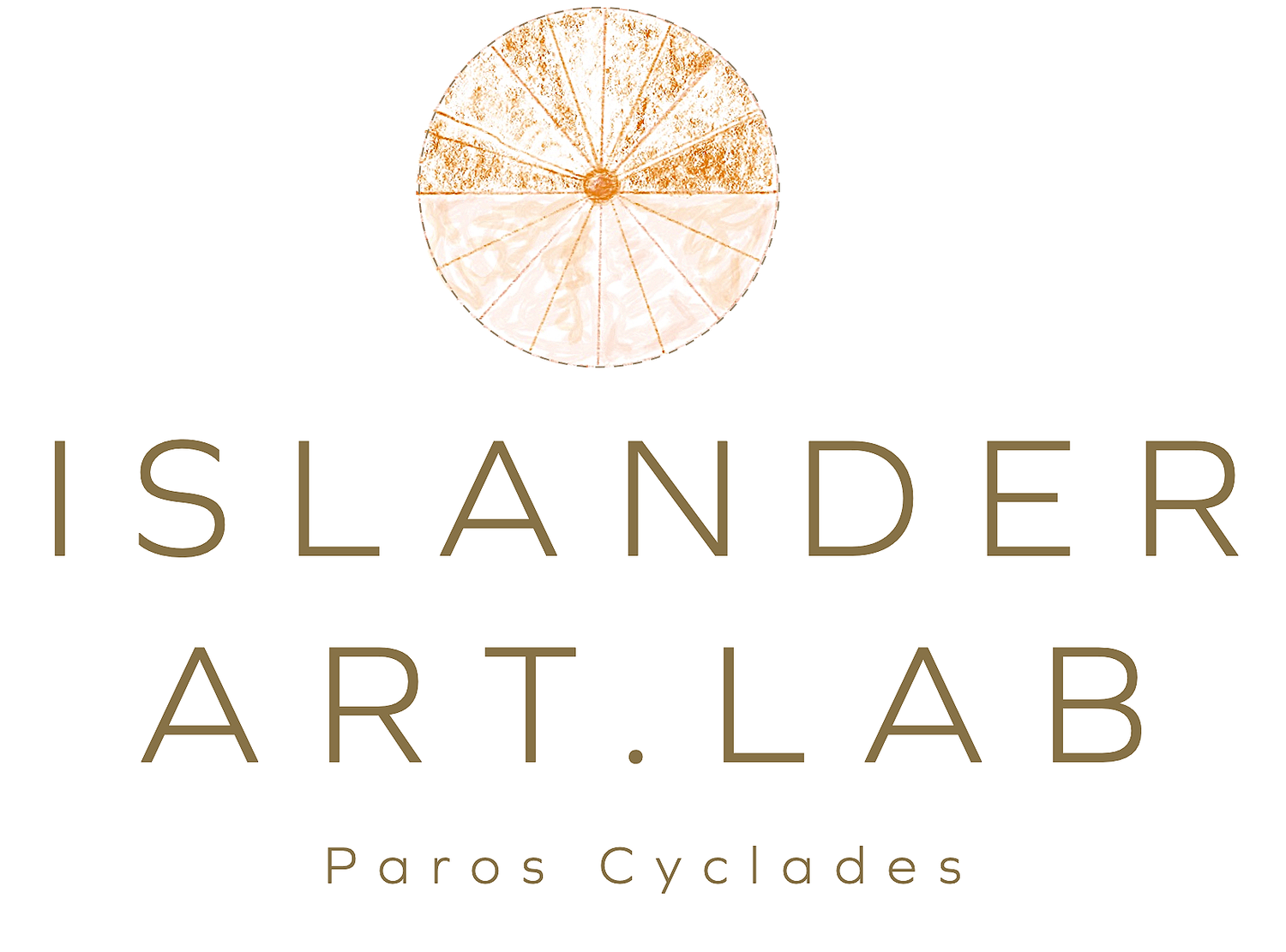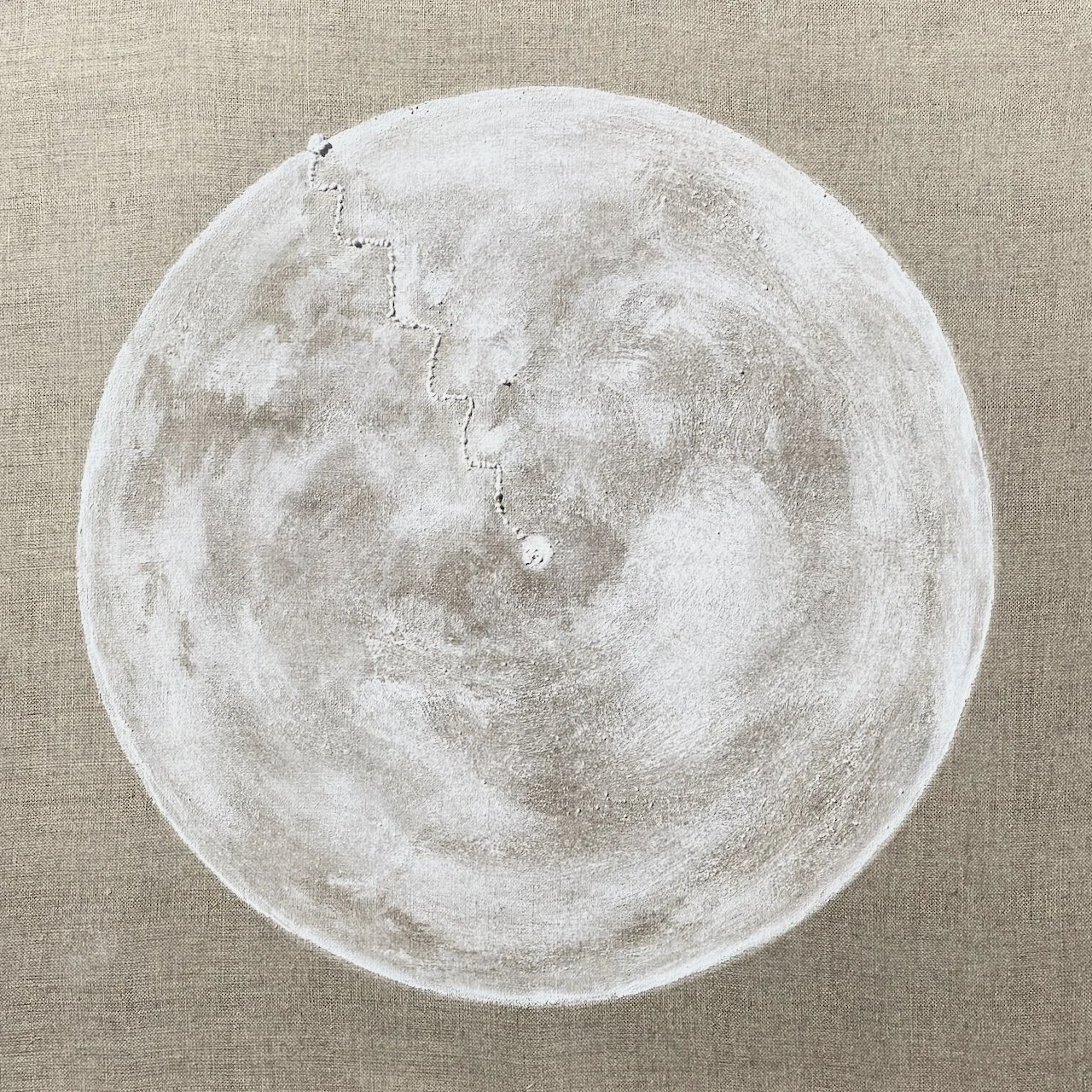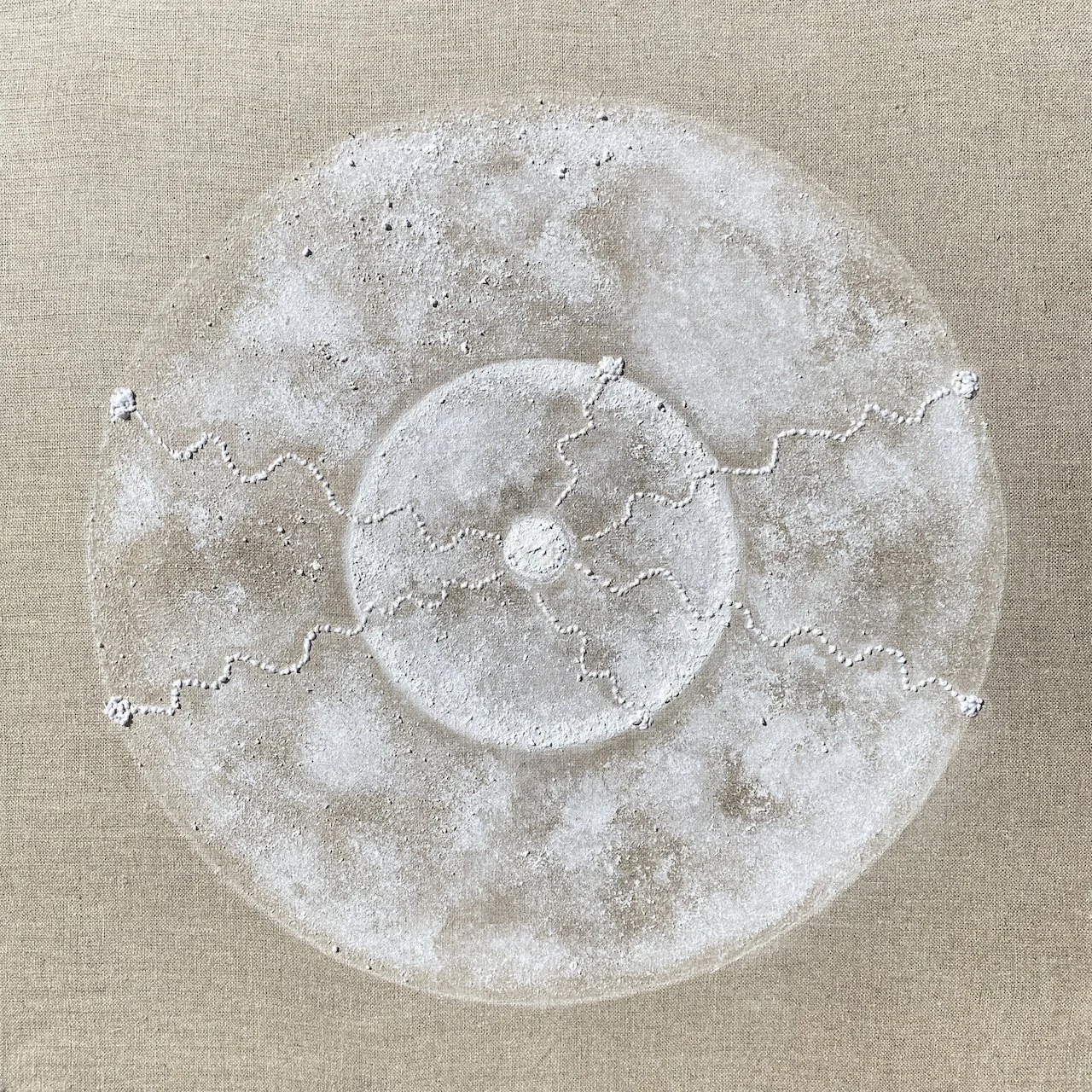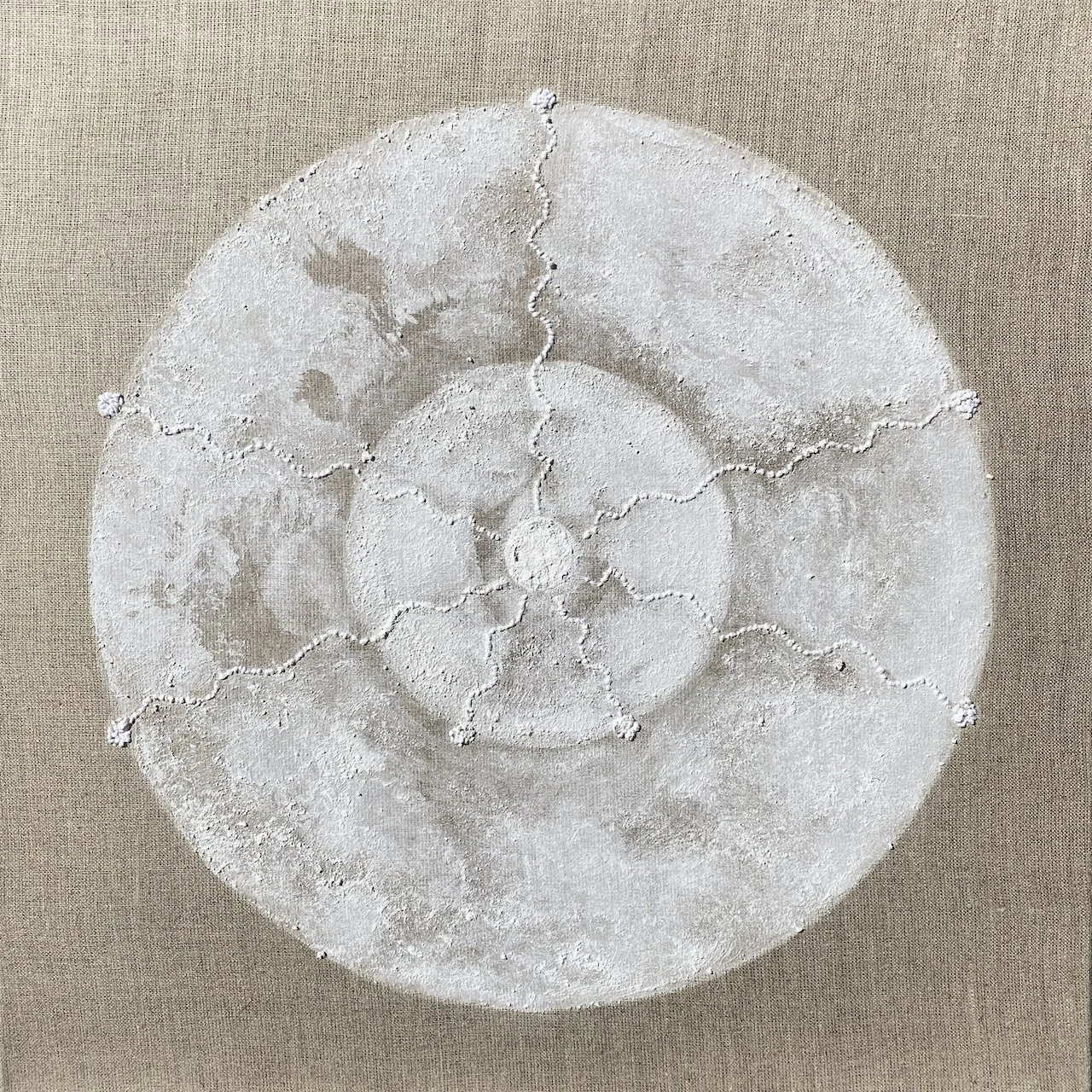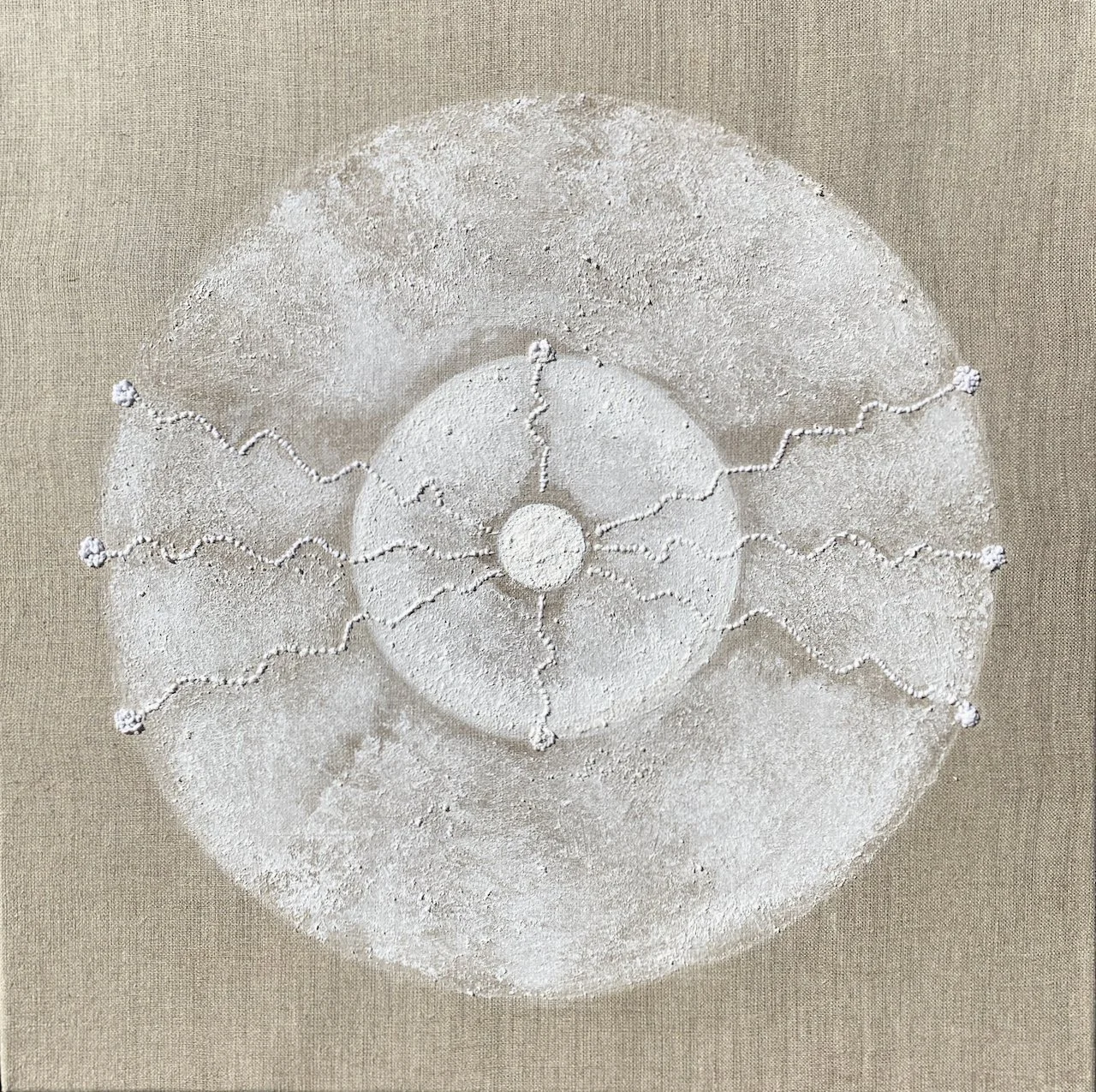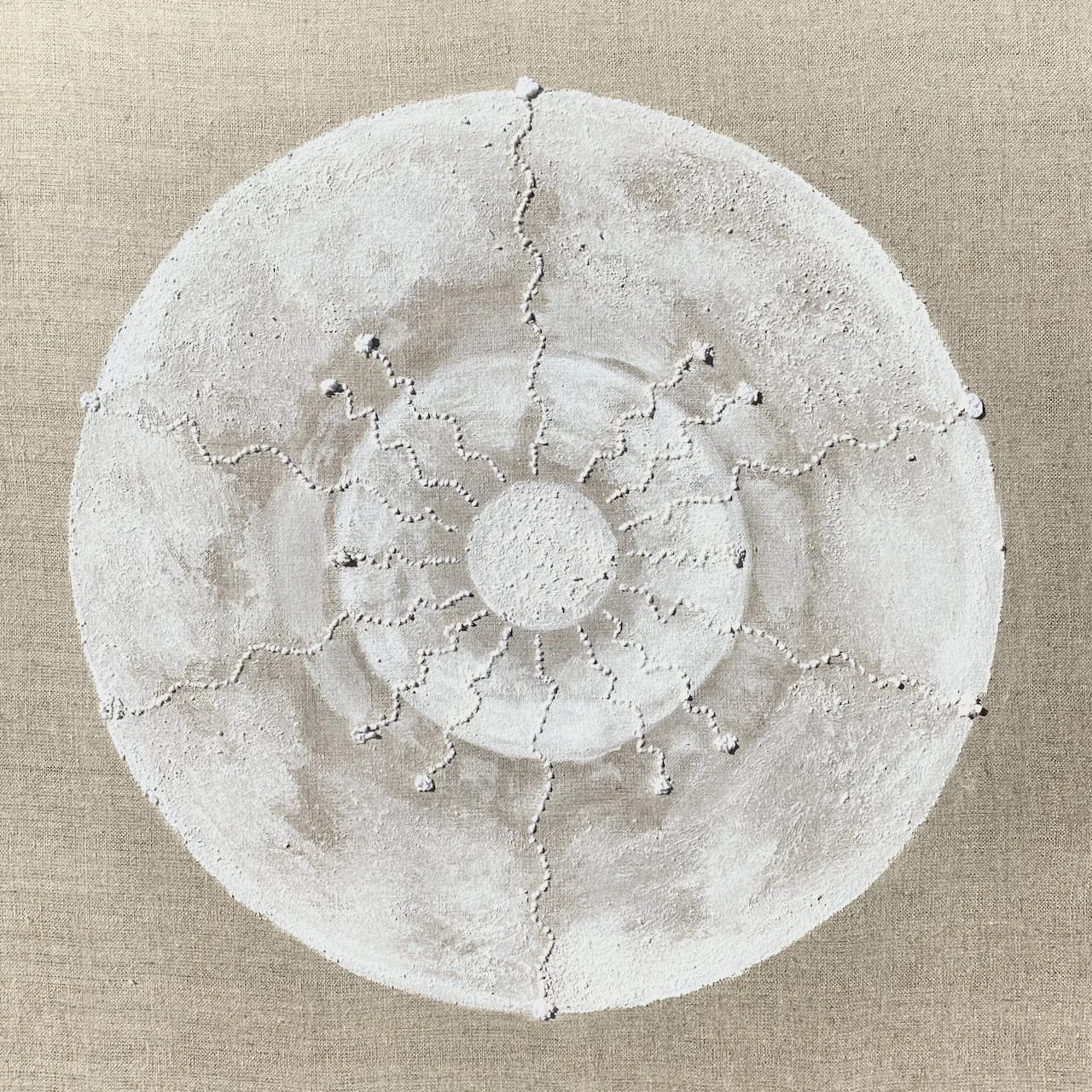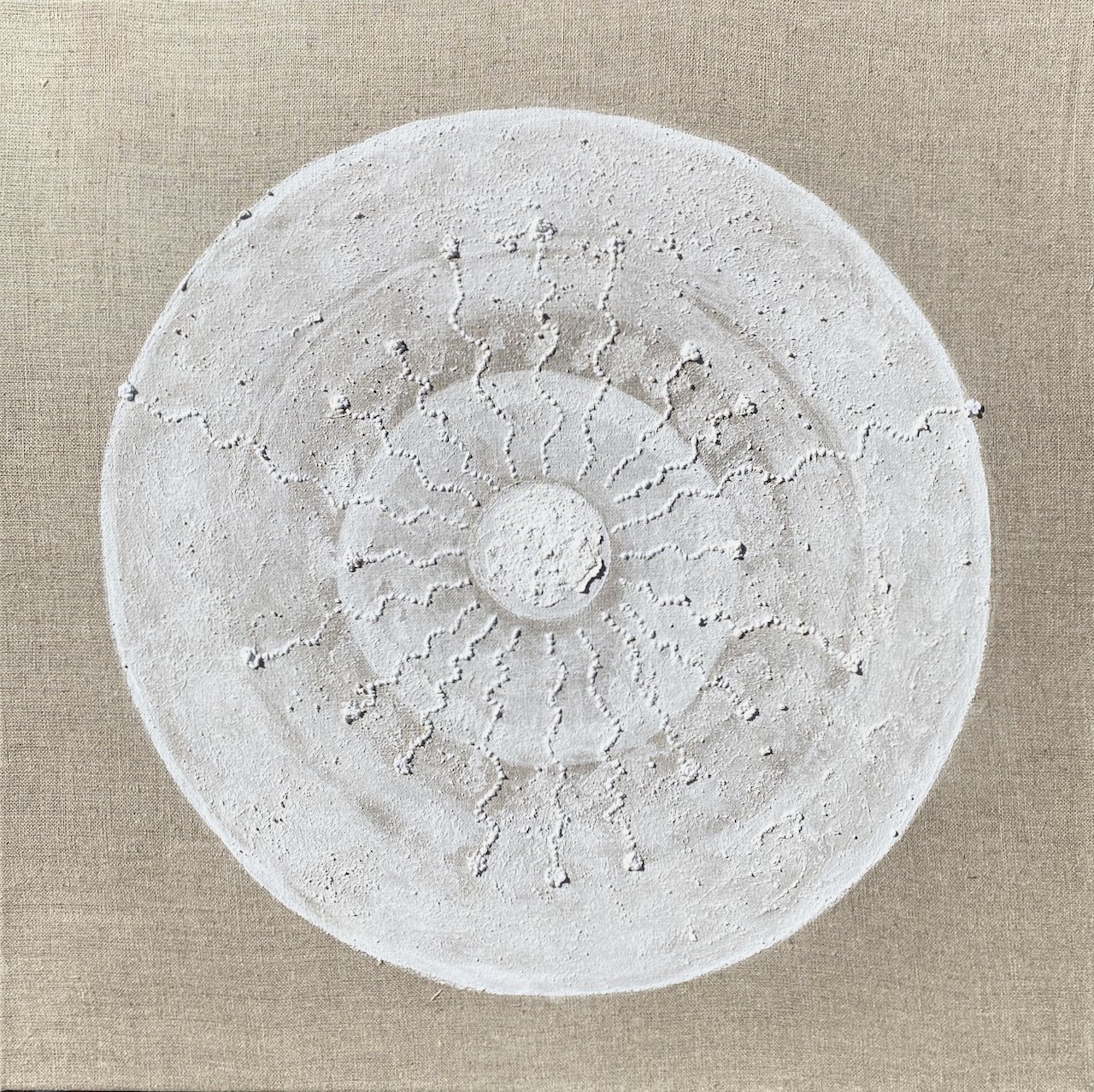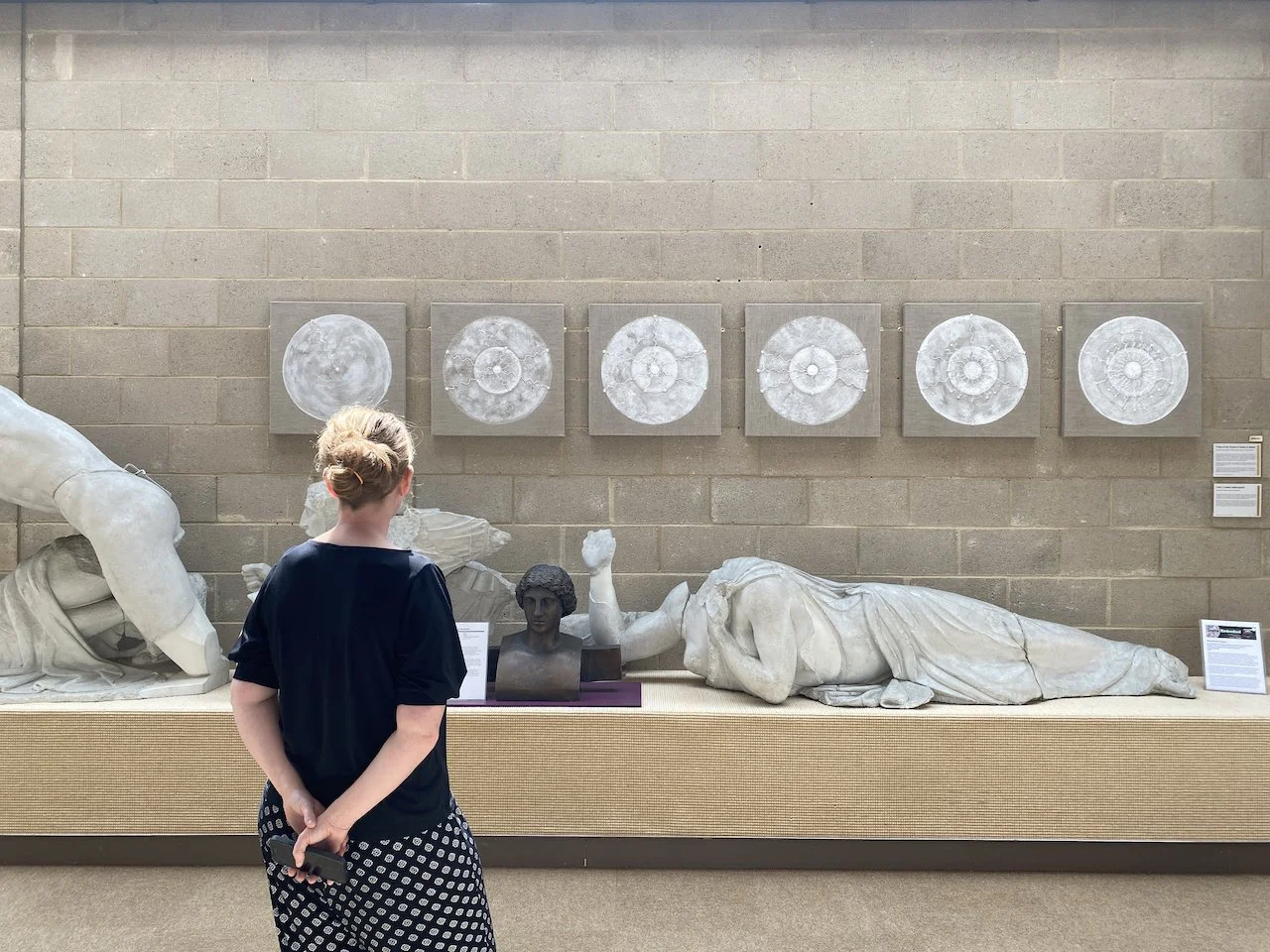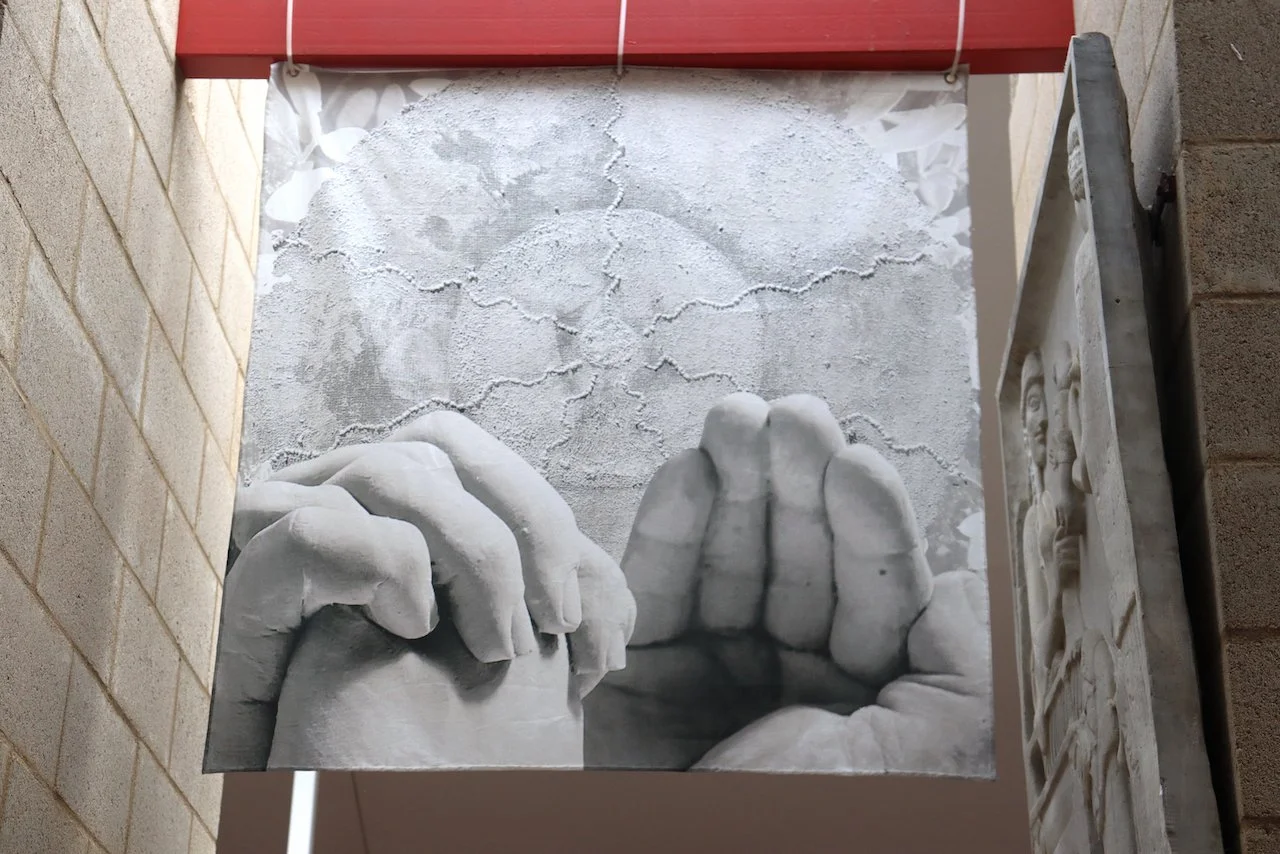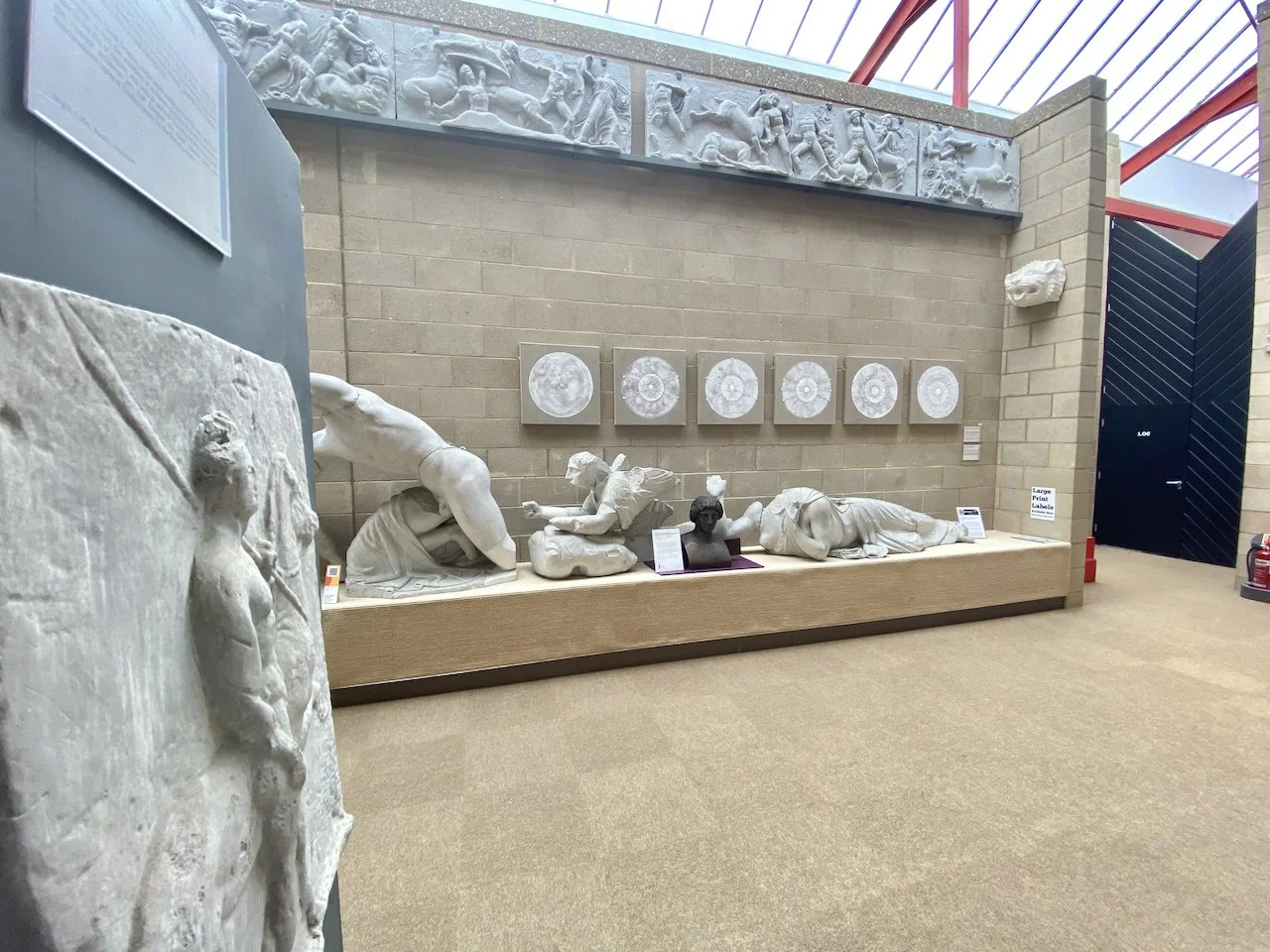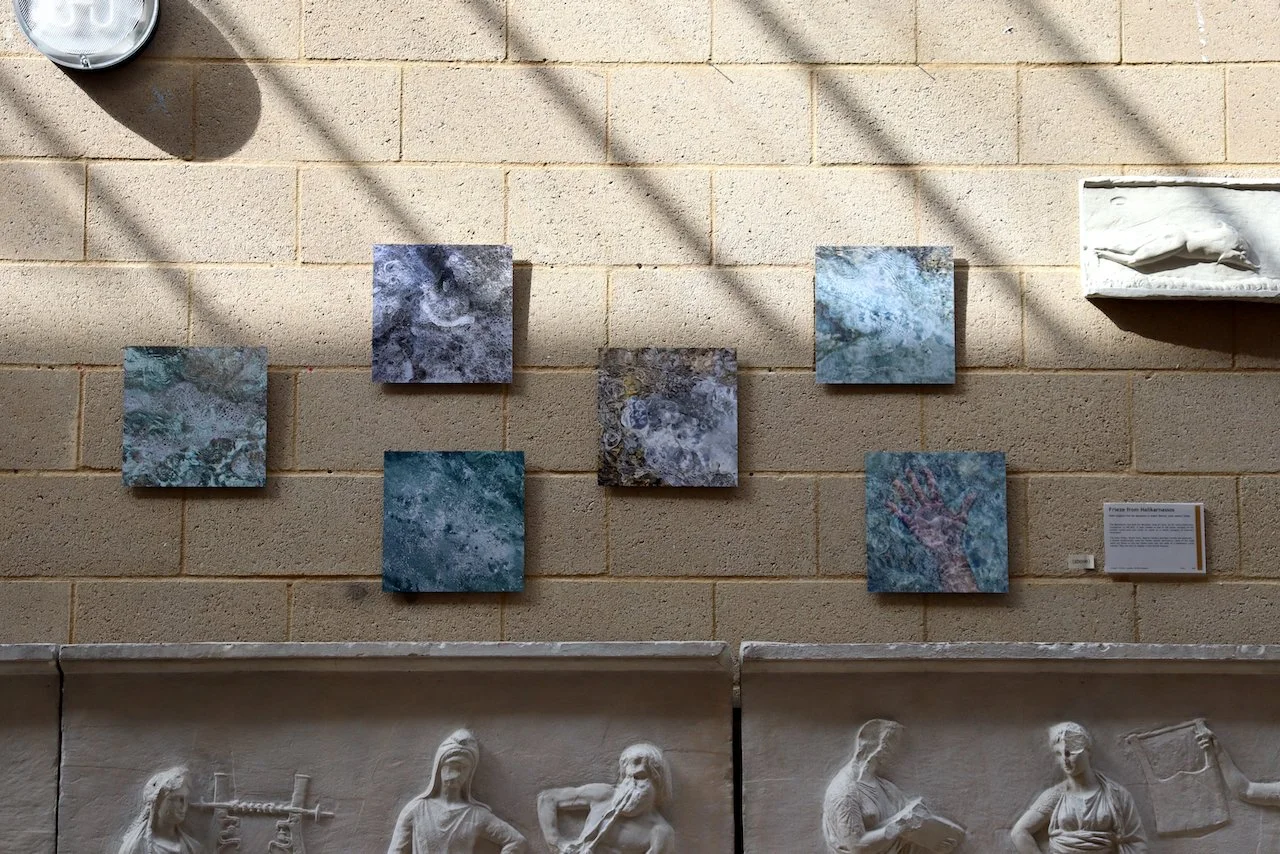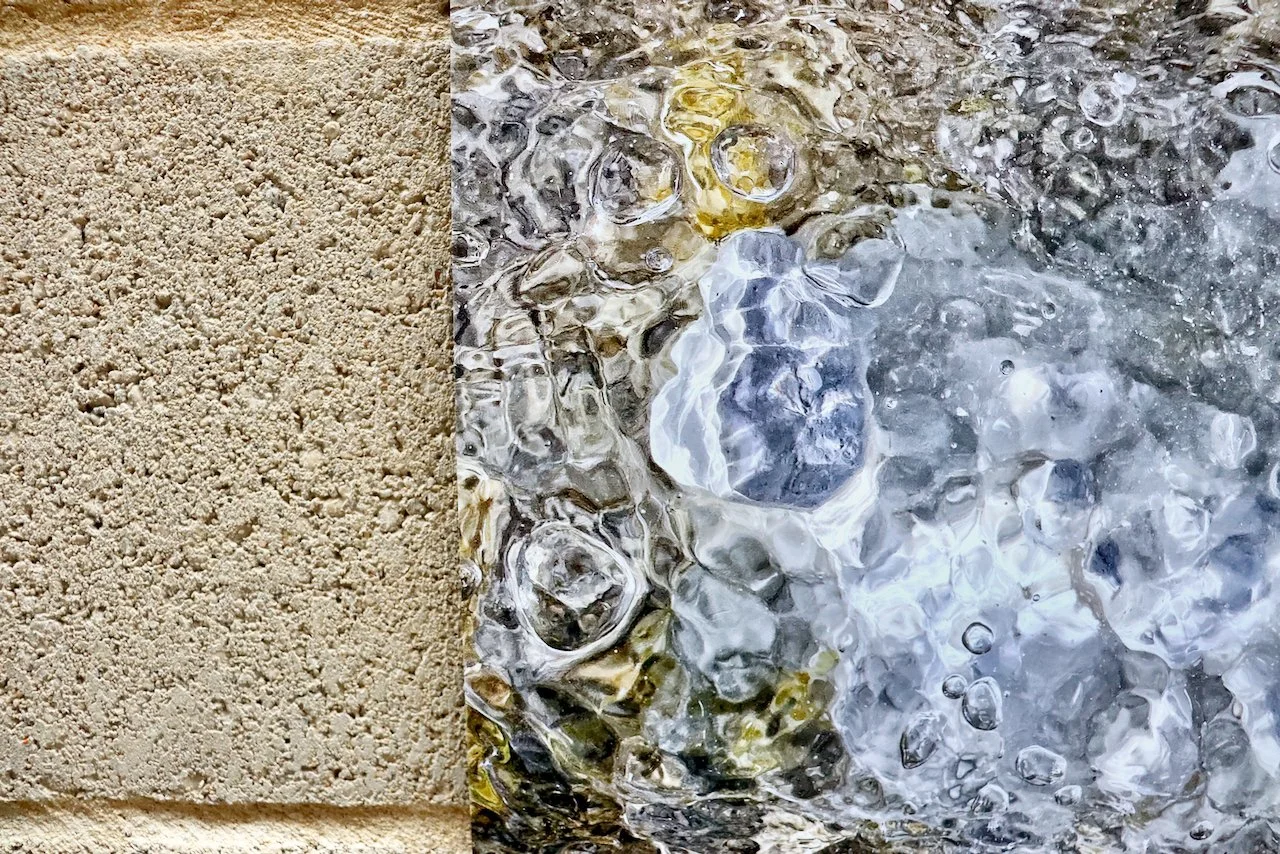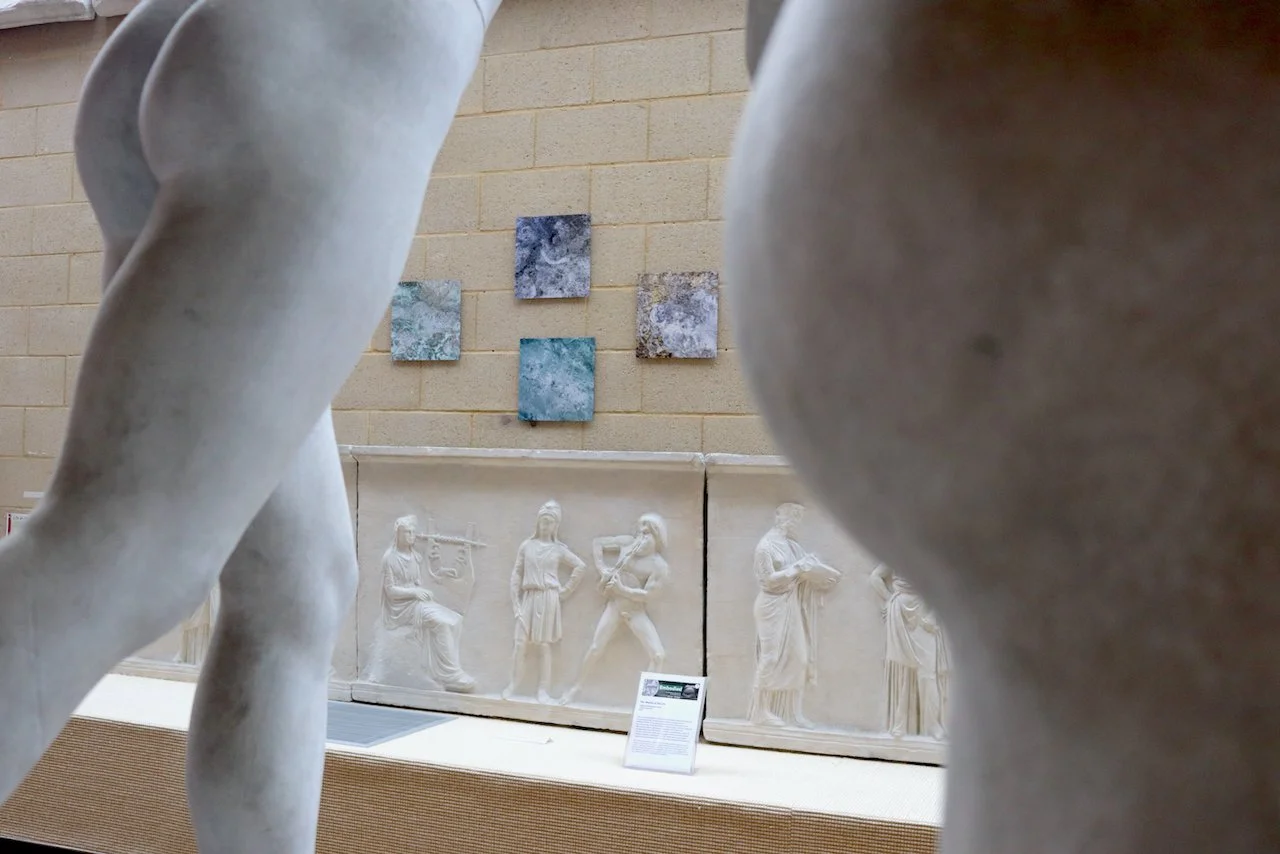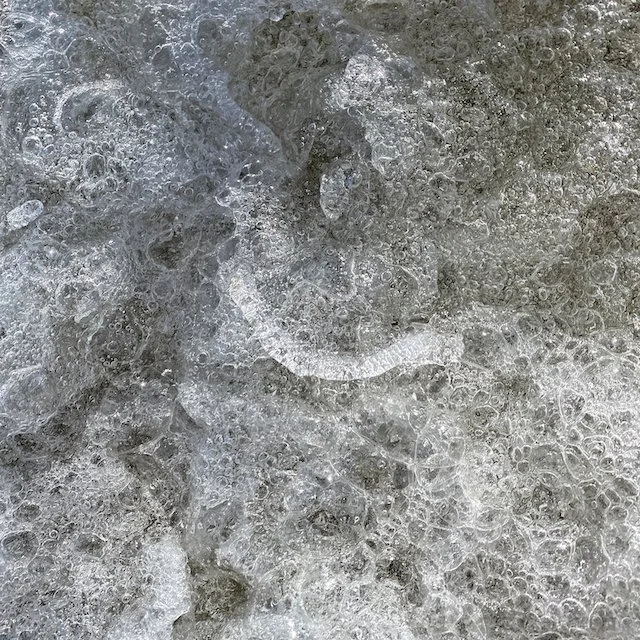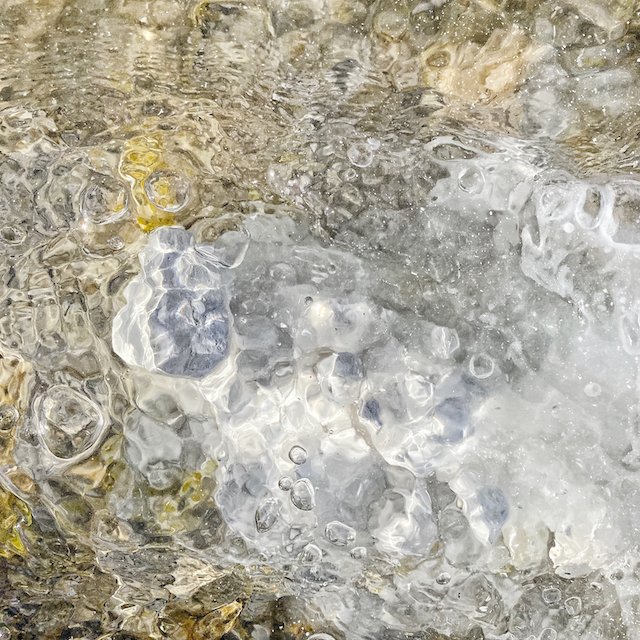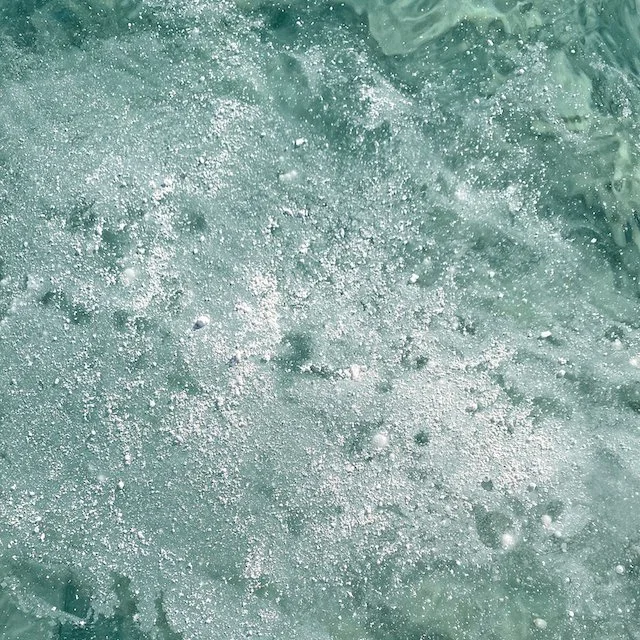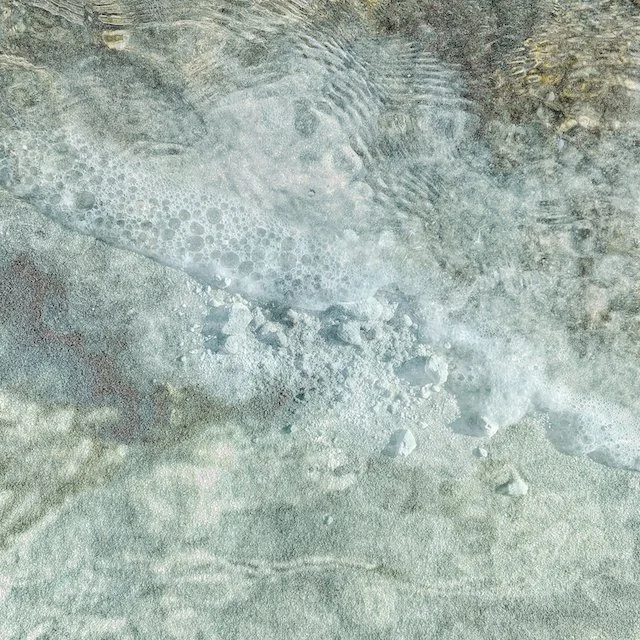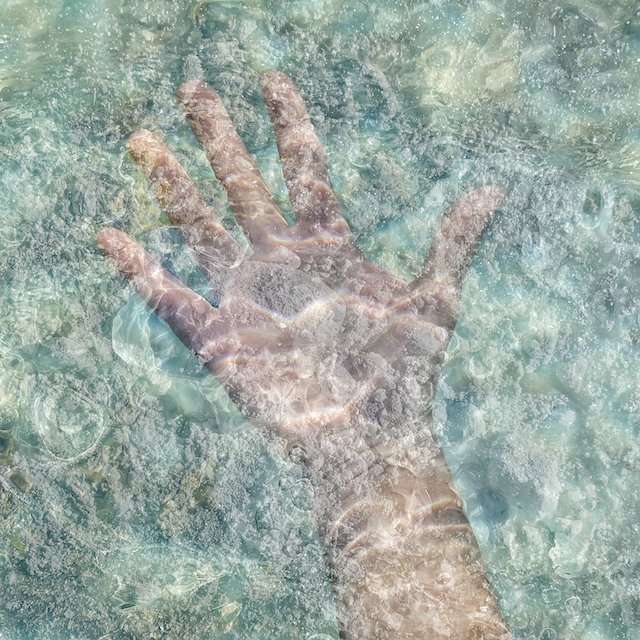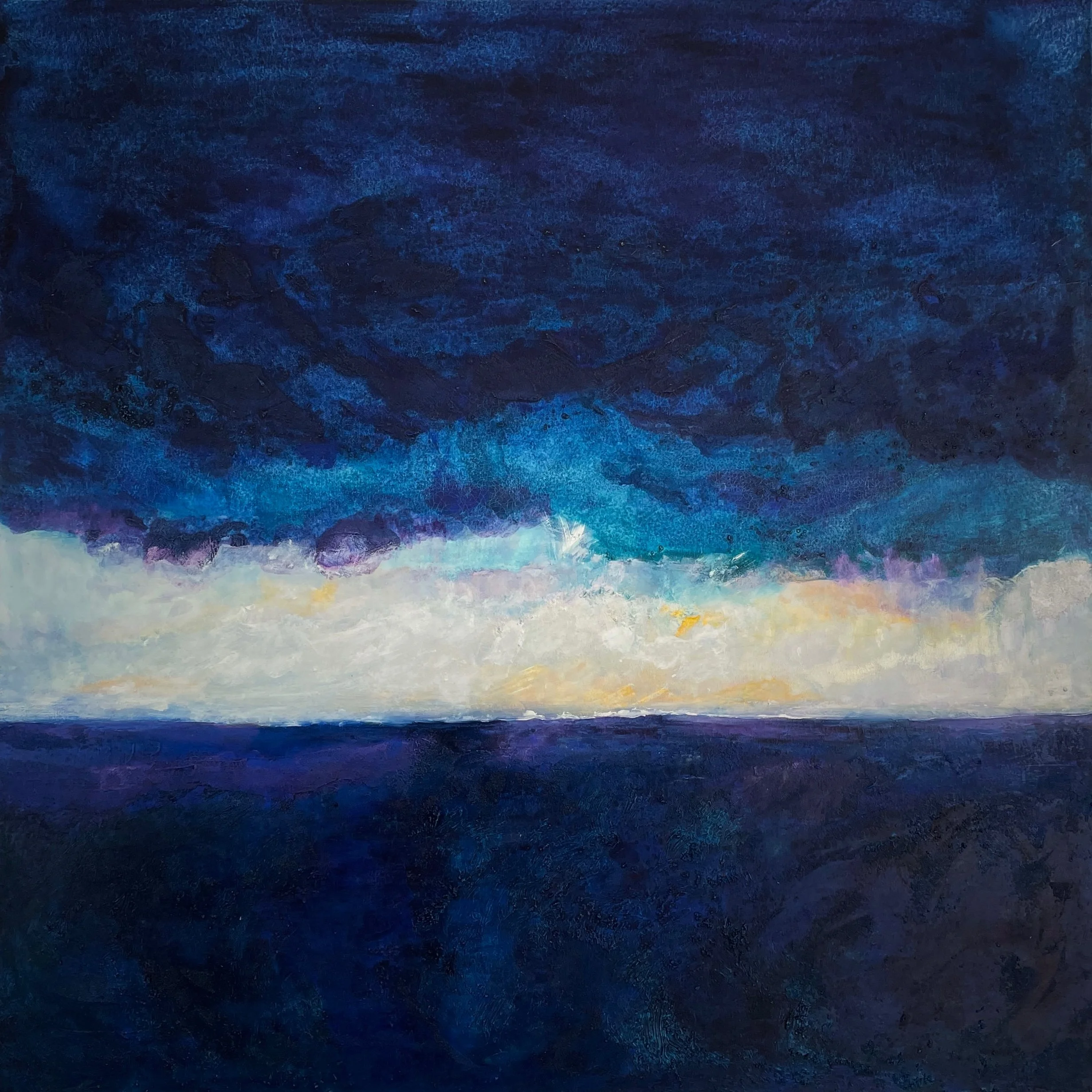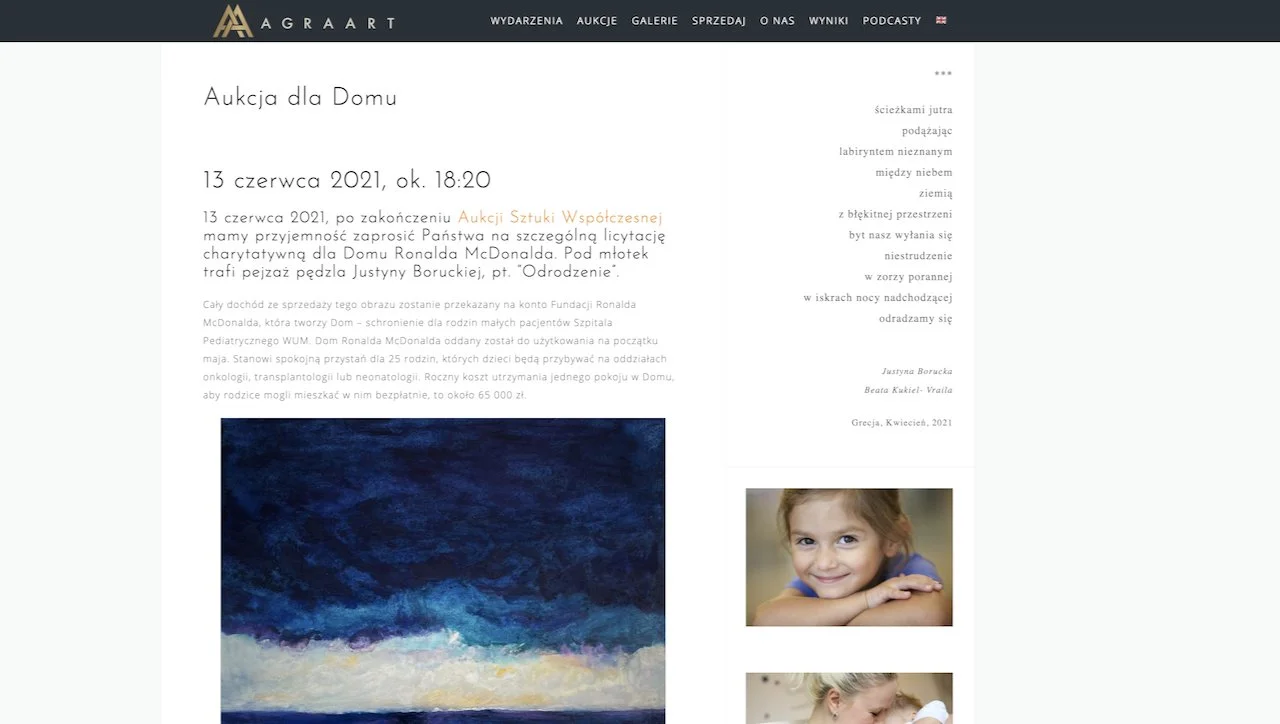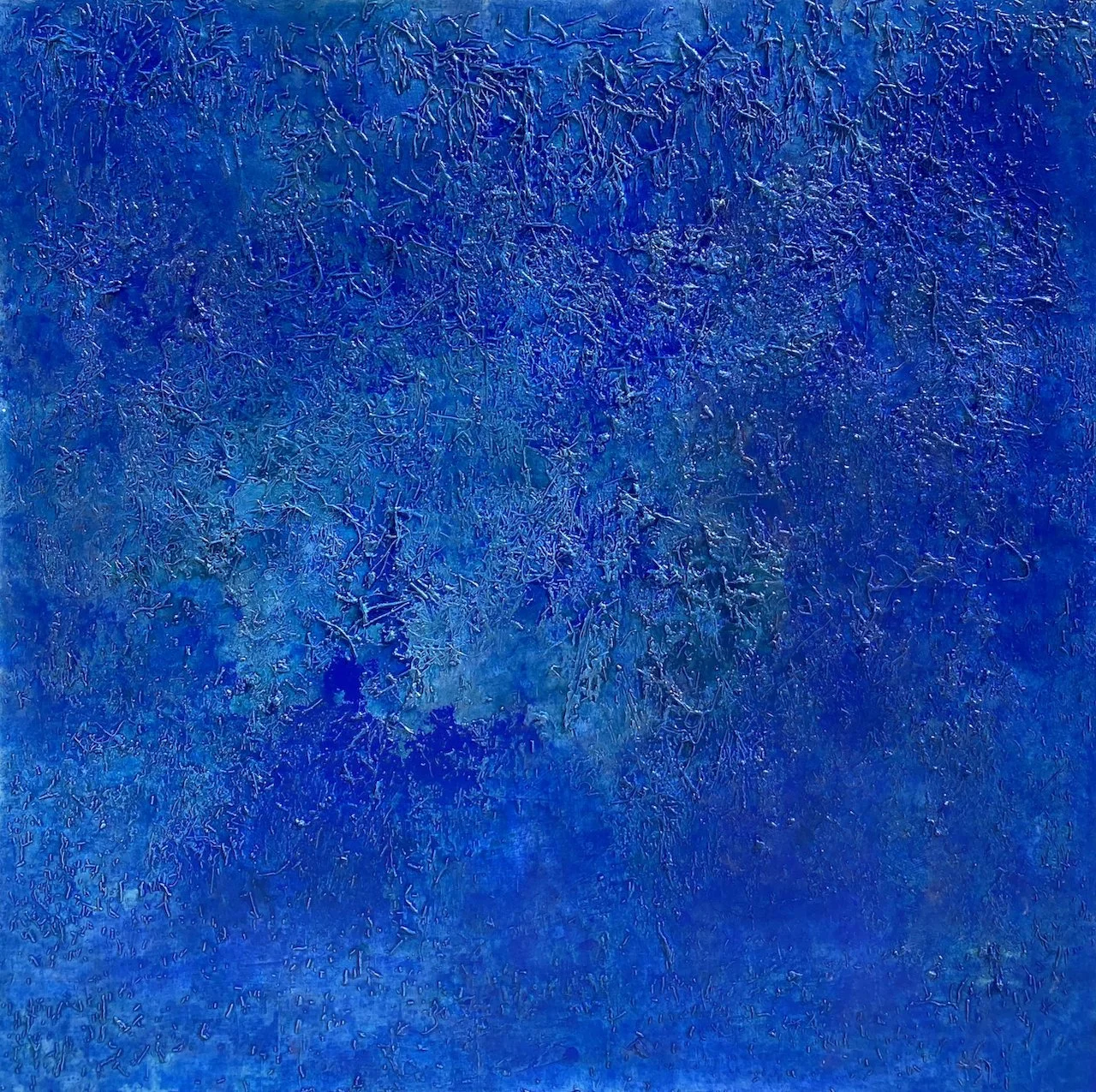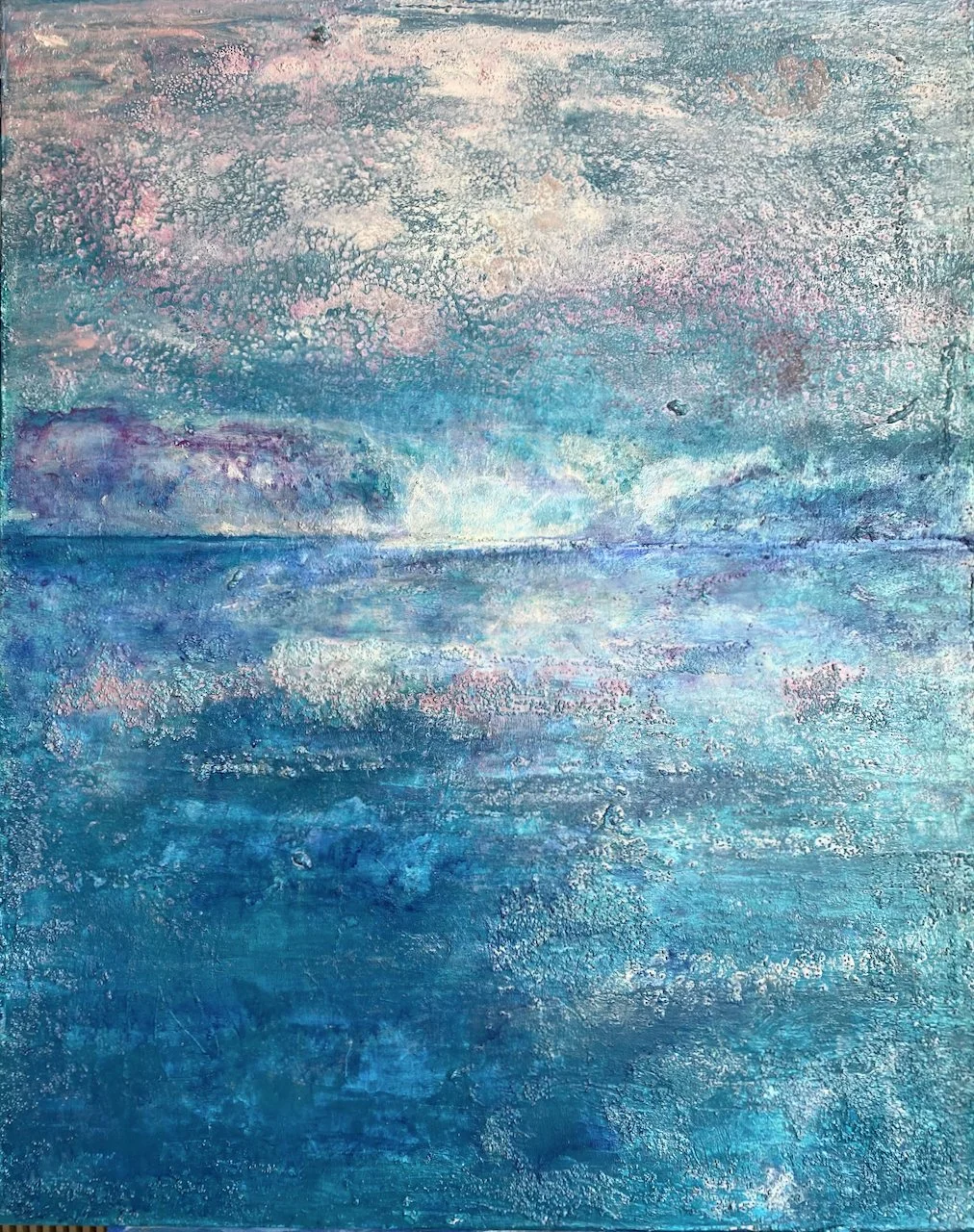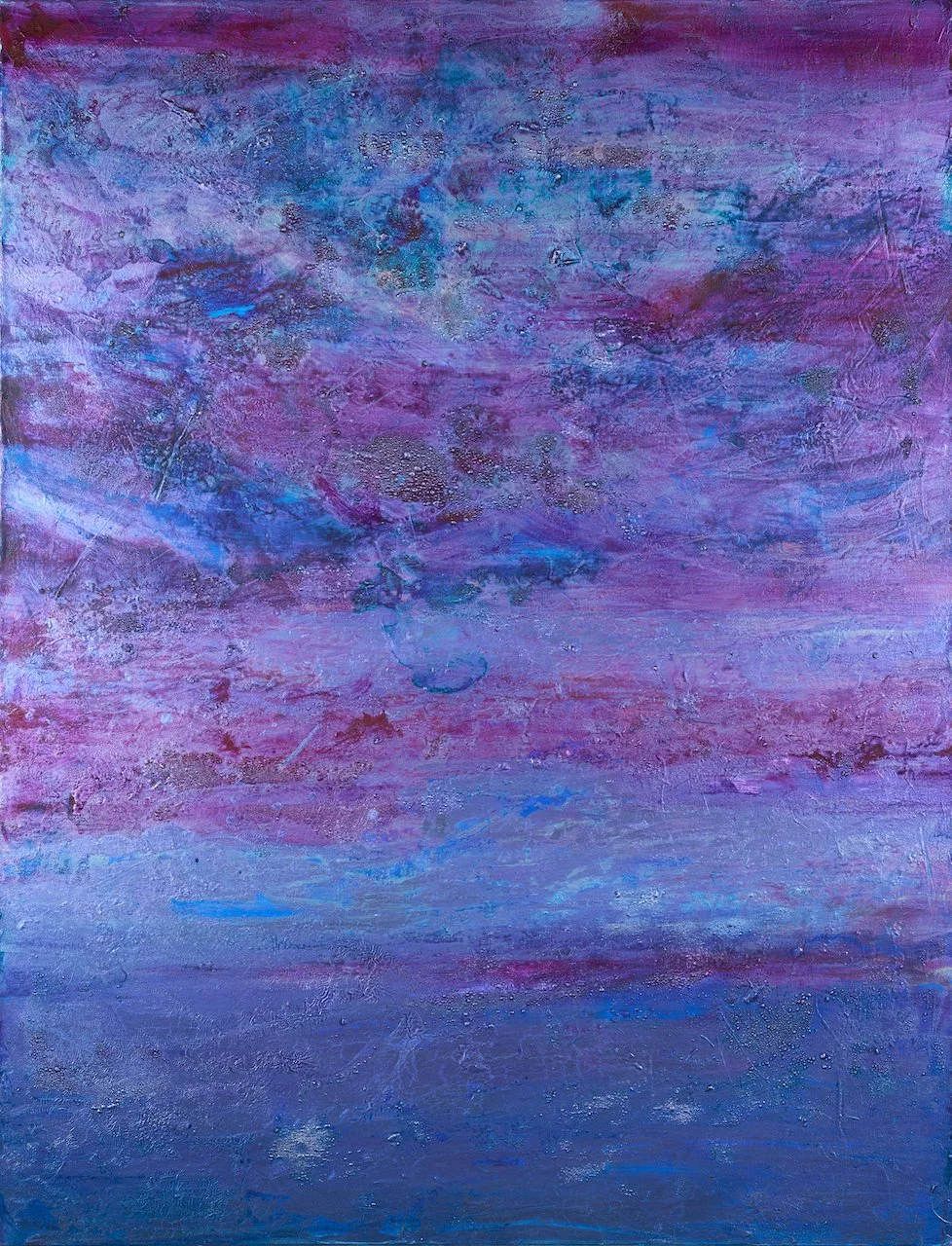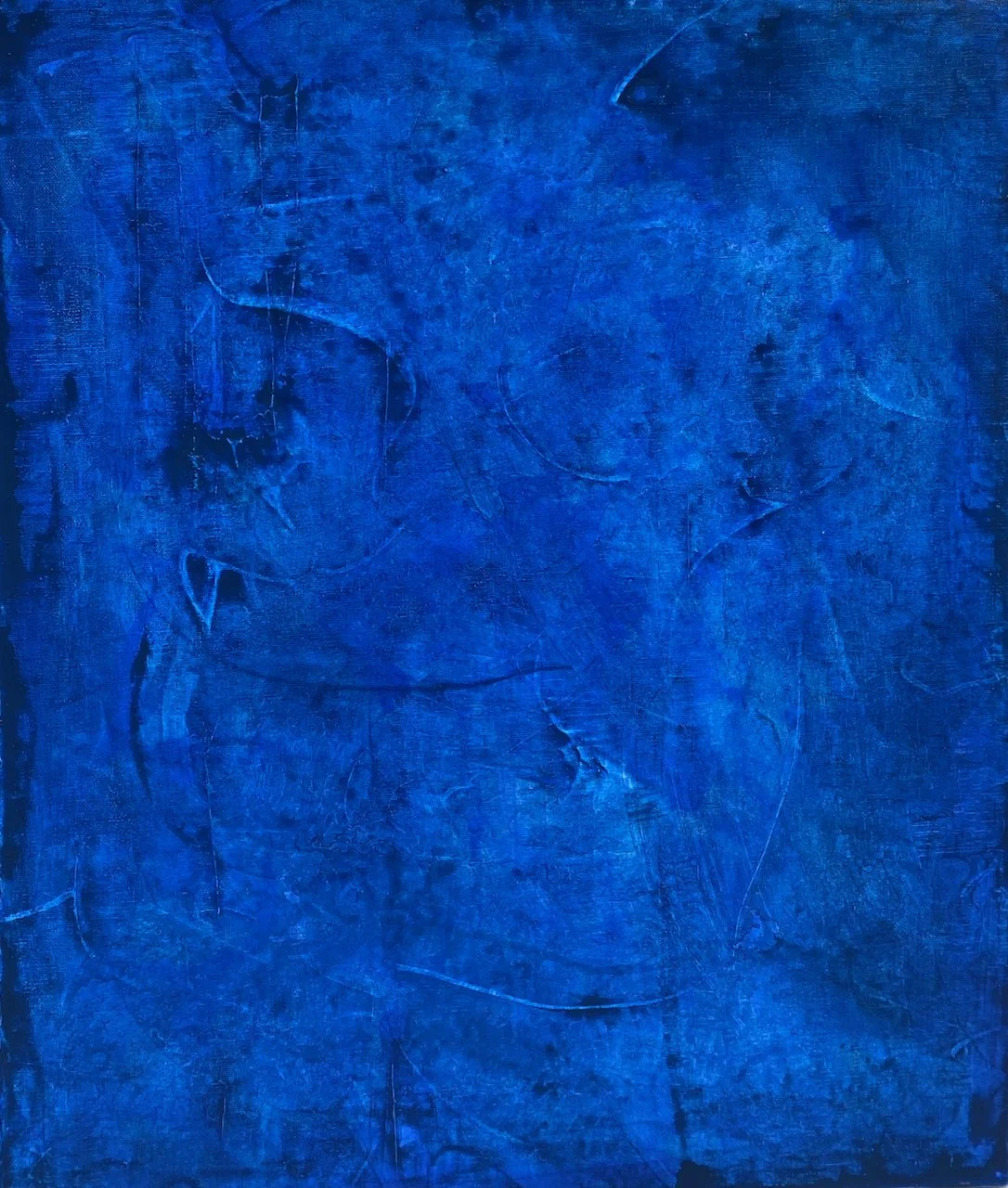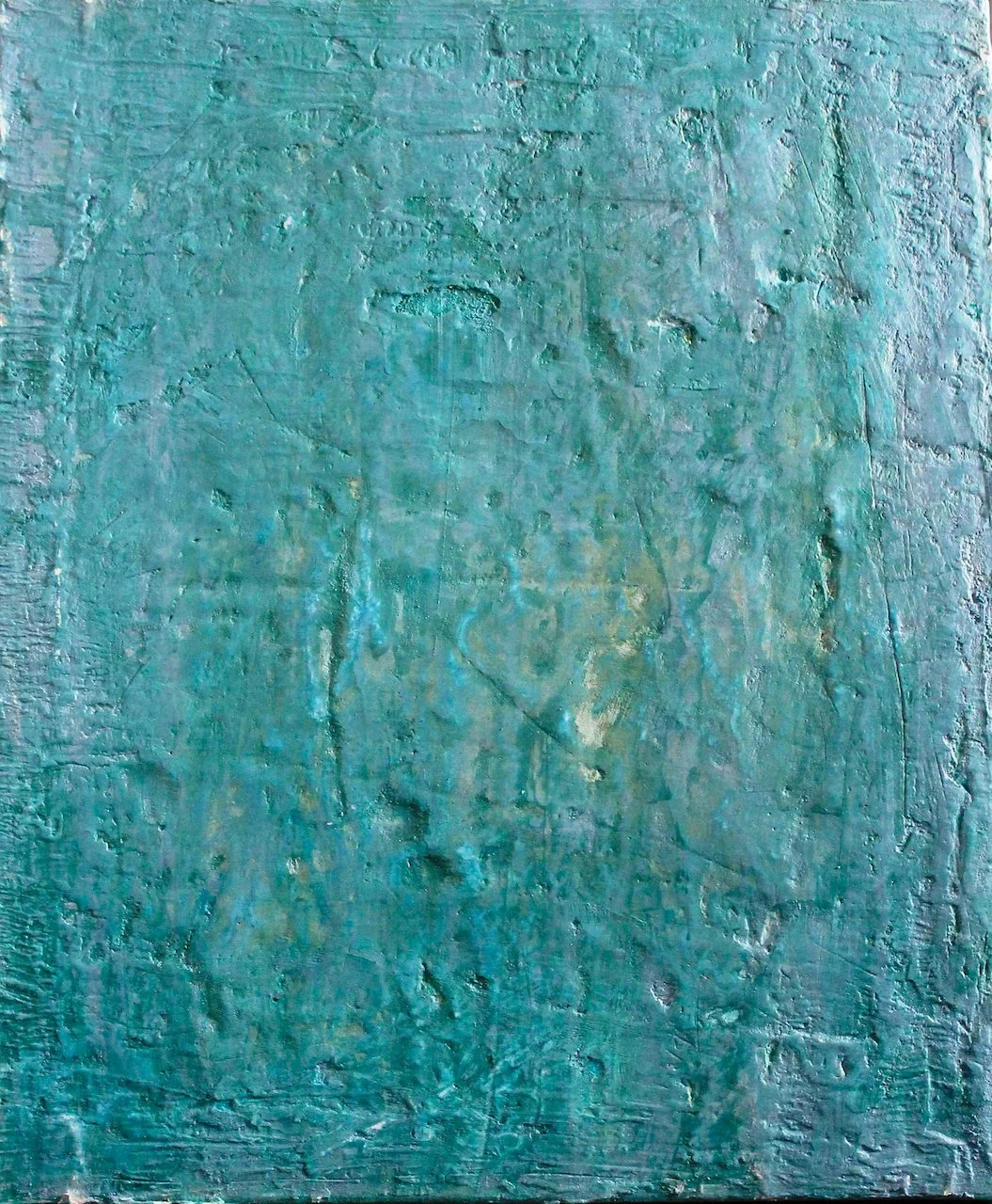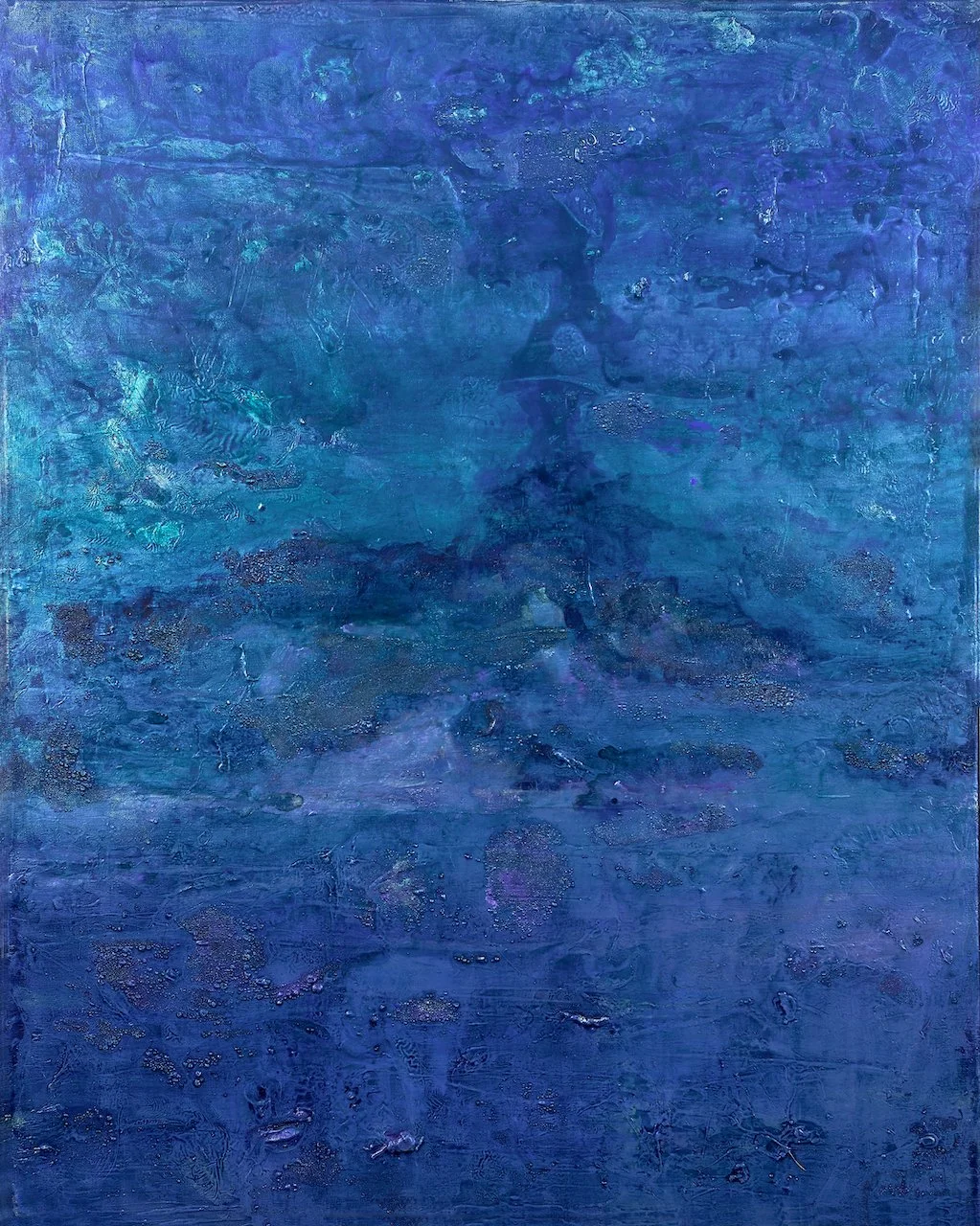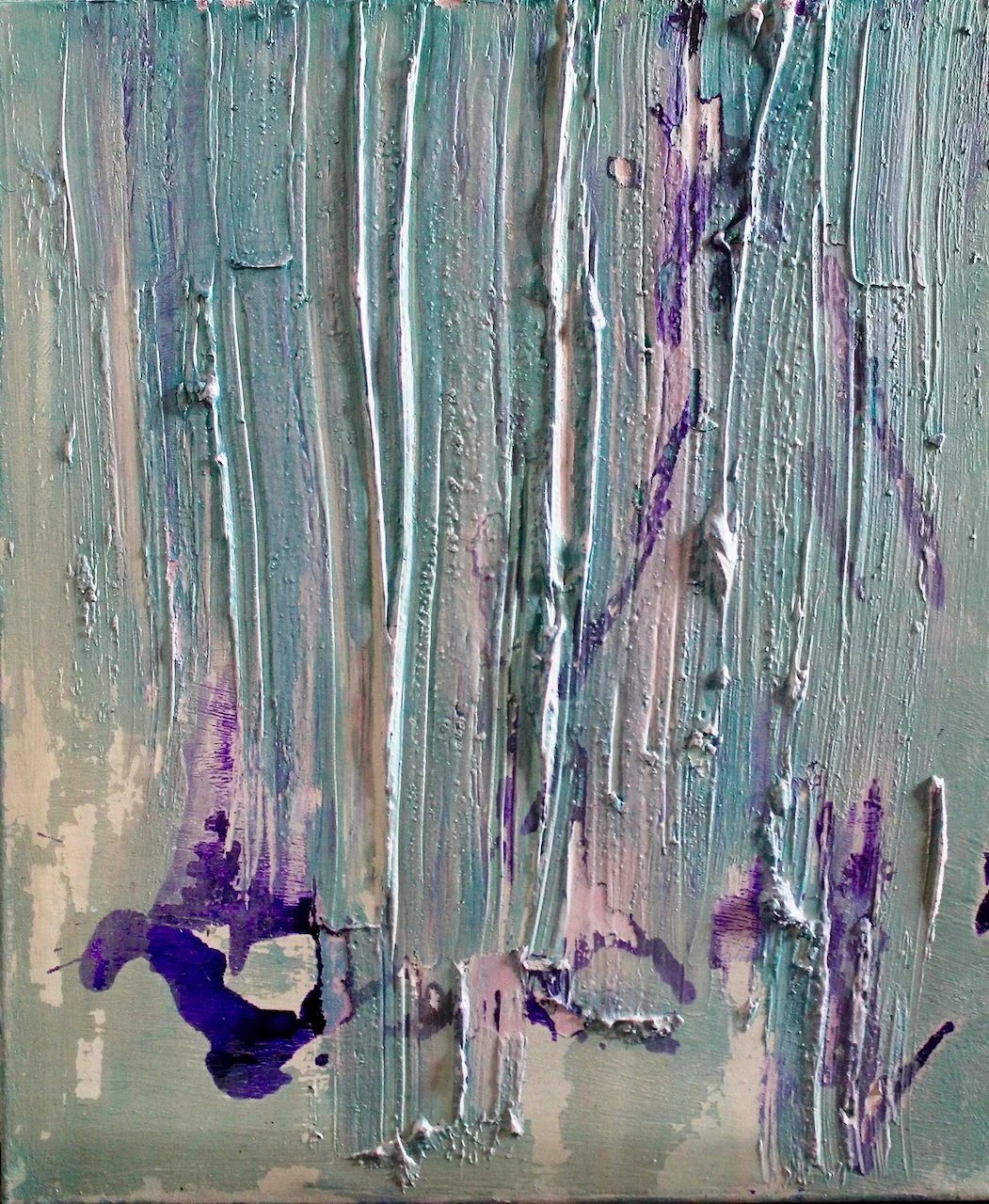From the land to the studio
The Atomic Series, Marble dust & embroidery with yarn on raw linen, 60x60cm each (2023)
From the studio to the Museum
The Atomic Series, marble dust & embroidery with yarn on raw linen, 60x60cm each (2023)
Two women exhibition (Justyna Borucka & Cat Vitebsky) “Topos Embodied: Beauty Constructs and Female Landscape”, Museum of Classical Archeology, Cambridge University, UK, 2023.
(…) In exploring nature as flux and cyclical, Borucka takes a molecular turn. The six paintings each represent a metaphorical distillation of the elements which make up Parian marble (calcium carbonate, CaCO3) and plaster of Paris (hydrated calcium sulphate, CaSO4.2H2O). The addition of Nitrogen (N) embeds the two compounds in the earth from which they came, in the very ecosystem of the quarry and the seasonal cycles of nature.
Dr. Susanne Turner, Curator, Museum of Classical Archeology, Cambridge University
Digital Photography, series
The Womb of Life (2023)
Two women exhibition (Justyna Borucka & Cat Vitebsky) “Topos Embodied: Beauty Constructs and Female Landscape”, Museum of Classical Archeology, Cambridge University, UK, 2023.
The six photographs in this series continue Borucka’s interest in geological and natural phenomena. Limestone is a material which is formed, perhaps counterintuitively, in the sea, the womb of all life. Billions of years ago, marine creatures died and, as their soft tissues decayed, the shells and exoskeletons they left behind formed a sedimentary layer of calcium carbonate. With the passage of time and the added weight of further sediments on top, what were once living organisms transformed into the stone we today call limestone.
From this perspective of deep time, the making of the classical canon is just a recent event on a much longer timeline, on a scale beyond the human.
In these photographs, Borucka invites us to look beyond the blue and turquoise tones of the Aegean Sea – and to see instead those intricate and naturally-occurring biochemical processes which form the very materiality of so much classical sculpture.
Dr. Susanne Turner, Curator, Museum of Classical Archeology, Cambridge University
Archive:
Into the Blue, Iridescence series 2014-2018
The Blue Series was inspired by my stay on Andros Island, Cyclades and my free diving experience, which I connected with my artistic process.
I spent there two years as an artist in the residency of Andros Chora Municipality. Paintings from this series were exhibited at the Kantakouzenos Foundation and in a personal exhibition “In Blue” in Athens.
Two paintings from this series were also auctioned by AGRA ART Auction House Warsaw and the Ronald McDonald Foundation to raise funds for housing the families of long-term hospitalised children who are patients at the Children’s Clinical Hospital, UCK WUM in Warsaw.
